Eclectic Classroom – Raising the Base of the Neck with Deb Bennett, Ph.D.
5.00 out of 5
(5 customer reviews)
$25.00
Once video is playing you can select full screen or “picture in picture” (icon shown below) to view video in larger window.

Out of stock
Become a member and get discounts on all our products with your Eclectic Horseman Online Membership - Monthly Payment or Eclectic Horseman Online Membership - Annual Payment!
SKU: EC-12
Category: Past Events - Out of Stock
Tags: biomechanics, collection, continuing education, fundamentals, raising the base of the neck, straightness
Brand: Deb Bennett, Ph.D.
Brands:Deb Bennett, Ph.D.
Product Description
The class was held Thursday May 30th via Zoom.
“This article builds upon an important lesson taught in the last installment of this series: that collection isn’t rooted in anything so superficial as whether the horse’s face is vertical, but is instead the result of the horse himself arching the three segments of his spine. Now we’re in a position to take a closer look at how the horse uses one of those segments—his neck —to create soft, elastic, and thoroughgoing contact with the bit. The mechanism that allows the horse to raise the base of the neck has puzzled horsemen for centuries, so it might be helpful to begin with…” – Deb Bennett, Ph.D. from “How Horses Work Installment #6: Raising the Base of The Neck.”
5 reviews for Eclectic Classroom – Raising the Base of the Neck with Deb Bennett, Ph.D.
Add a review Cancel reply
You must be logged in to post a review.
You may also like…
-
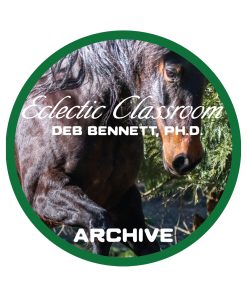
The Magic of Draping Reins with Deb Bennett, Ph.D. – Archived Event
5.00 out of 5$25.00 Premium content -
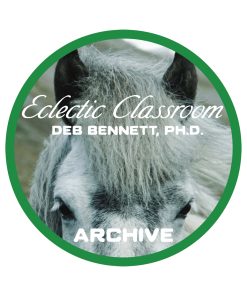
The Anatomy of Straightness with Deb Bennett, Ph.D. – Archived Event
5.00 out of 5$25.00Brands:Deb Bennett, Ph.D.Premium content -
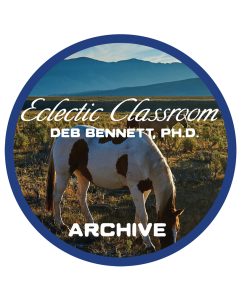
Straightness and Collection with Deb Bennett, Ph.D. – Archived Event
0 out of 5$25.00 Premium content
Related products
-
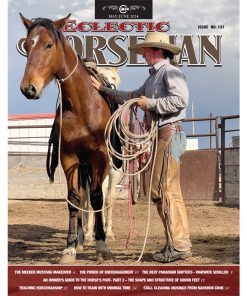
EH Issue No.137 – Electronic Version
0 out of 5$5.99 Add to cart -
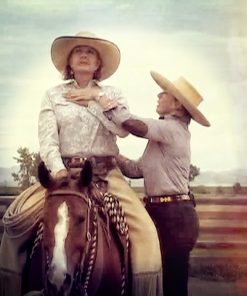
Releasing Rider Tension Part 2 with Wendy Murdoch
0 out of 5$5.00 Premium content -

Horse Conformation Principles of Form & Function – Three Volume Set
0 out of 5$229.85Brands:Deb Bennett, Ph.D.Add to cart -

THE ANATOMY OF BITTING – INTENSIVE STUDY ON VIDEO
0 out of 5$119.95Brands:Deb Bennett, Ph.D.Add to cart -
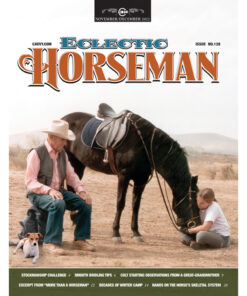
EH Issue No.128 – Electronic Version
0 out of 5$5.99Brands:Deb Bennett, Ph.D., Martin Black, Tom Curtin, Tom DorranceAdd to cart

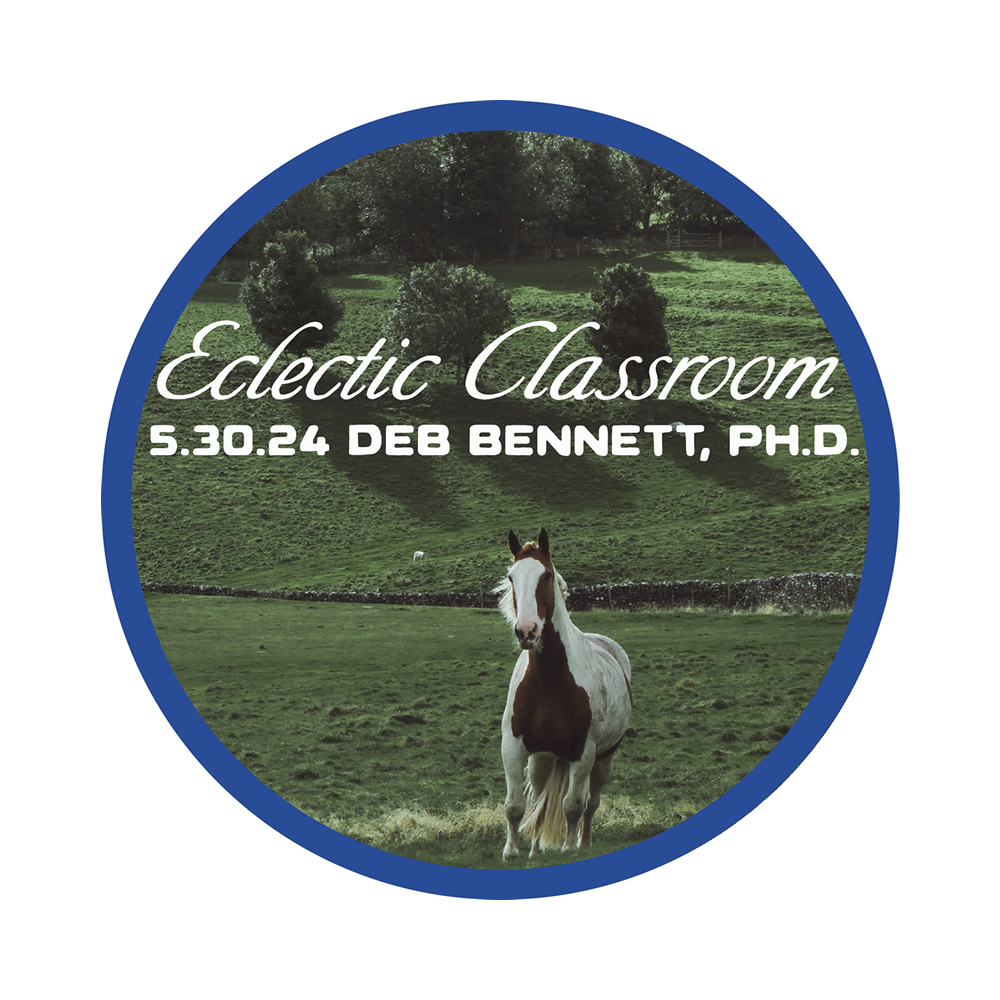
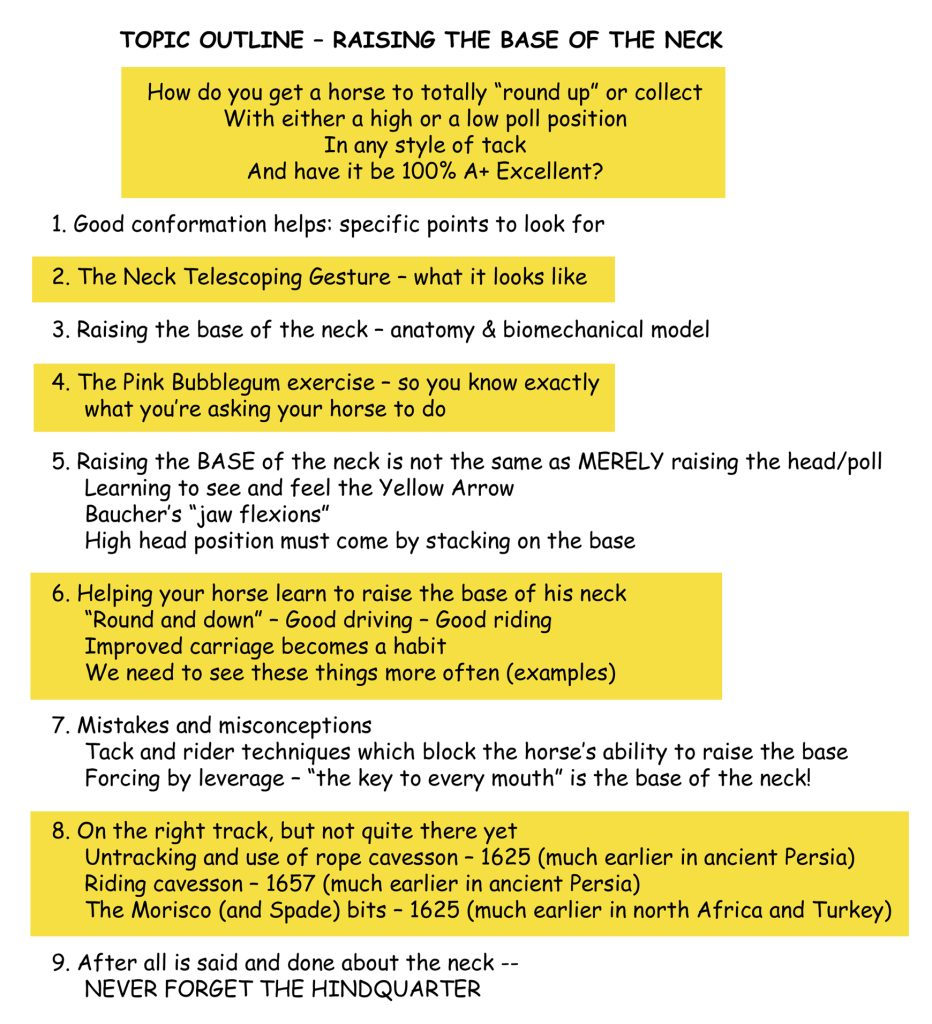

talbert5 (verified owner) –
Thank you Dr. Deb for a very informative and entertaining discussion on raising the base of the horse’s neck. I always learn so much from your lectures. Thank you for your dedication in teaching us biomechanics and how it relates to horsemanship so that we can be better horseman for our horses. And thank you Emily for putting all of this together!!
Kate S. (verified owner) –
What an amazing class, and taught by the best! Dr. Deb is so completely knowledgeable and her heart for teaching and helping others is just wonderful and such a gift to those who are wanting to learn.
smbeavis (verified owner) –
Thank you Dr Deb for sharing your incredible knowledge, so captivating to listen to , honest, entertaining and certainly not boring. Dr. Deb keeps the students attention on every word she utters and with the help of slides gives the student a great visual picture to keep in their minds and use when riding . So much real knowledge to be gained for any level of horseman in these chats. Thank you Emily for putting these together and Dr. Deb for sharing it with us with such true love and knowledge of how the horse works. kind regards Sue Beavis. Spain .
lestberg (verified owner) –
During the class Dr. Deb mentioned that Baucher discovered one nagging obstacle to successfully raising the base of the neck is releasing the tongue and hyoid apparatus, which is very difficult to do.
One approach that may be helpful for this is through asking the horse to relax and move their temporomandibular joint in a slight manner. In the following YouTube video you can see how the horses move their tongues after the TMJ release as an indirect outcome.
https://www.youtube.com/watch?v=fmPvt43fTtg
lestberg (verified owner) –
This class was informative and after attending it (along with others) I am convinced that Dr. Deb’s lifelong research into anatomy, biomechanics, and horsemanship have led her to become a very knowledgeable teacher. She is very willing to pass along her expertise to benefit horse and rider.